Green architecture – Li Ka Shing Center for Biomedical and Health Sciences
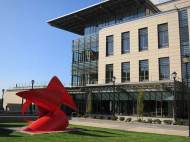 Located on Oxford Street near University Avenue Grea, the Li Ka Shing Center for Biomedical and Health Sciences represents a nexus for a wide variety of multidisciplinary research related to at UC Berkeley that pursues ways to prevent the root causes of diseases such as cancer, Alzheimer’s, HIV and tuberculosis, rather than just the symptoms. The building is also built with sustainability in mind and it was recently awarded with LEED Gold certification.
Located on Oxford Street near University Avenue Grea, the Li Ka Shing Center for Biomedical and Health Sciences represents a nexus for a wide variety of multidisciplinary research related to at UC Berkeley that pursues ways to prevent the root causes of diseases such as cancer, Alzheimer’s, HIV and tuberculosis, rather than just the symptoms. The building is also built with sustainability in mind and it was recently awarded with LEED Gold certification.
Designed by ZGF Architects, the five-story 18,580-square-meter (200,000-square-foot) facility serves as the anchor for a quadrangle of research and teaching buildings dedicated to the biomedical and health science. The center can house more than 450 researchers and features flexible facilities which were designed with sustainability and energy efficiency in mind.
Li Ka Shing Center for Biomedical and Health Sciences features flexible, open labs shared by multiple investigators to facilitate collaboration, highly specialized facilities to house state-of-the-art instrumentation and containment areas for handling viruses and stem-cell cultures, teaching suites composed of laboratories, seminar rooms and a large lecture theater, and clusters of faculty offices and student interaction suites.
Its high performance envelope includes terra cotta rain screen, thick board-formed concrete walls, and stainless-steel shingles. Abundance of daylight is ensured by expansive glazing and filtered daylight in 90% of spaces. Operable user-controlled exterior sunscreen shutters preserve views to the bay while reducing solar heat gain and glare on the west-facing office windows, and provide south-west sun protection in the open position. Operable windows provide fresh air, cooling, and a connection to the Bay Area climate.
Green roofs with adaptive native plants provide habitat for bees, insects and birds. They are also used for insulation and to lower the heat island effect. Usage of locally native plants also minimizes the need for maintenance and irrigation. Water usage in the building is 30% reduced compared to a baseline building of the same size.
The building was built with regionally sourced materials, as well as from rapidly renewable materials such as laboratory casework made from bamboo, and recycled contents such as low-emitting rubber floors in laboratory and carpet in offices, recycled aggregates in terrazzo and recycling of concrete board-forming wood. Other wood used on site was reclaimed from paneling harvested from a local demolished warehouse, and the rest of the used wood is FSC certified.
Li Ka Shing Center for Biomedical and Health Sciences has a monitoring system and data about building energy and water usage is available in public areas. Integrated color display continuously signals the most favorable time to open or close windows, based on outside temperature conditions. Occupancy sensors control lighting according to outdoor light levels.

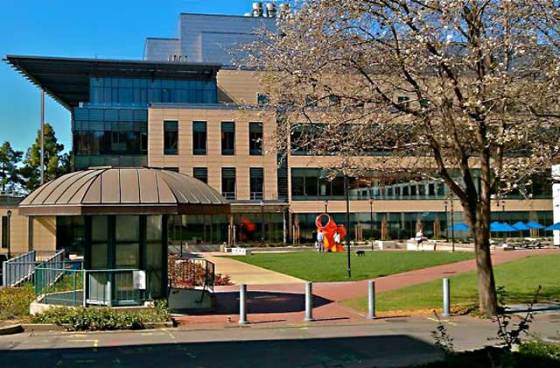
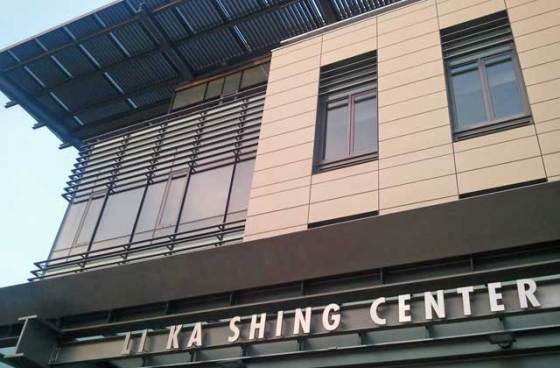
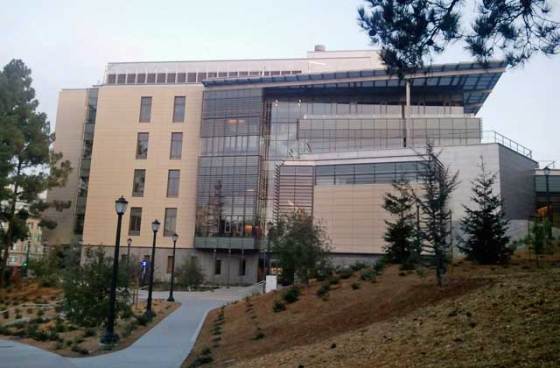
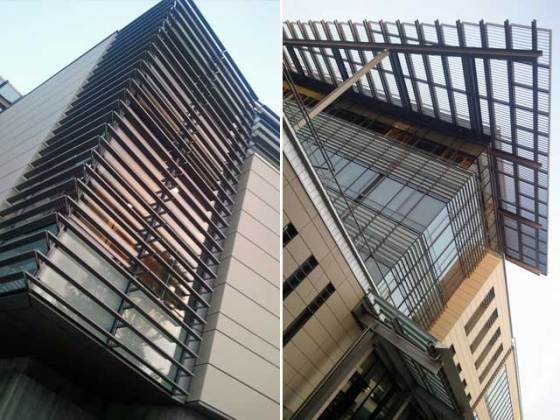








Leave your response!